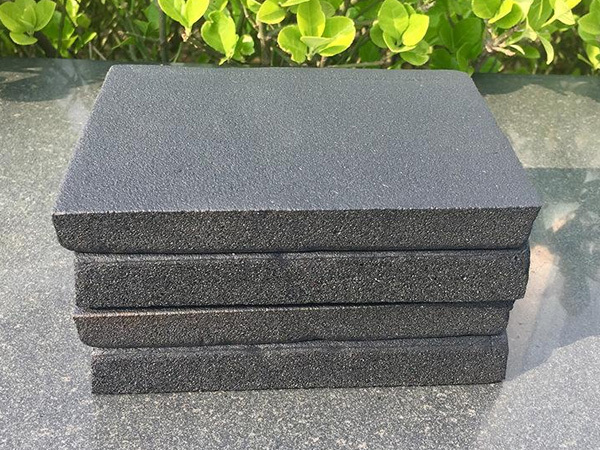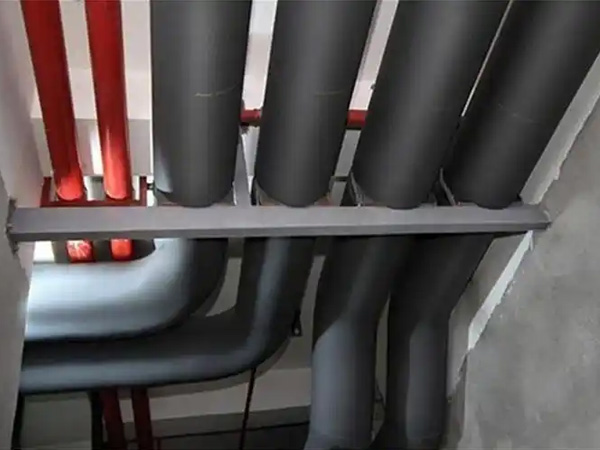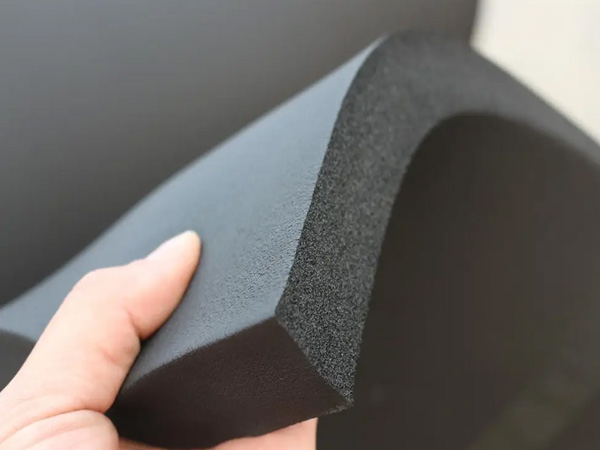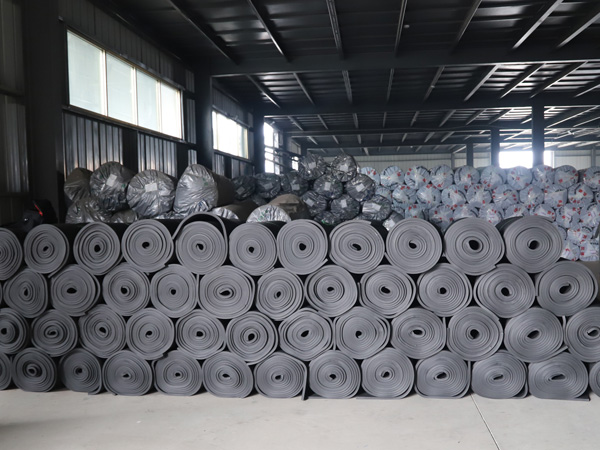Challenges and Solutions for Phenolic Foam Board Installation in Low-Temperature Environments
2025-06-18 14:58:26
Challenges and Solutions for Phenolic Foam Board Installation in Low-Temperature Environments
Phenolic foam insulation boards face unique difficulties when installed in cold climates (typically below 5°C/41°F). Below are the key challenges and practical solutions to ensure proper performance and durability.
1. Key Challenges in Low-Temperature Construction
(1) Reduced Adhesive Performance
Slow Curing: Standard adhesives (e.g., cement-based mortars, polyurethane foams) harden too slowly or fail to bond properly in cold conditions.
Weak Bond Strength: Low temperatures weaken adhesion, increasing delamination risks.
(2) Material Brittleness
Increased Fragility: Phenolic foam becomes more brittle in freezing temperatures, making it prone to cracking during handling or cutting.
Difficult On-Site Adjustments: Precise trimming (e.g., for joints or penetrations) is harder due to reduced flexibility.
(3) Moisture and Frost Risks
Condensation Issues: Temperature differences between the board and substrate can cause condensation, leading to:
Ice formation (compromising adhesion).
Long-term moisture damage (mold, corrosion).
Freeze-Thaw Damage: If water penetrates before sealing, repeated freezing/thawing cycles degrade the board.
(4) Worker and Equipment Limitations
Reduced Workability: Cold weather slows installation speed, increasing labor costs.
Tool Inefficiency: Some cutting tools (e.g., hot wires) perform poorly in freezing conditions.
2. Practical Solutions for Cold-Weather Installation
(1) Optimized Adhesive Selection & Application
Use Low-Temperature Adhesives: Special mortars (e.g., winter-grade polymer-modified cement adhesives) cure faster and bond effectively below 5°C.
Pre-Warm Materials: Store adhesives and boards in heated enclosures (≥10°C) before application.
Accelerate Curing: Add antifreeze additives (e.g., calcium formate) to mortars or use two-component polyurethane adhesives.
(2) Enhanced Handling & Installation Techniques
Avoid Forceful Bending: Minimize flexing of boards to prevent cracks; use pre-cut pieces where possible.
Heated Cutting Tools: Replace standard saws with thermally controlled blades for cleaner cuts.
Temporary Enclosures: Use tents or heated tarps to maintain a workable microclimate.
(3) Moisture & Frost Protection
Apply Vapor Barriers Early: Install a breathable membrane (e.g., PE film) to prevent condensation buildup.
Seal Joints Immediately: Use cold-resistant sealants (e.g., silicone or MS polymers) to block moisture ingress.
Avoid Installation on Frost-Covered Surfaces: Pre-heat substrates with infrared heaters if necessary.
(4) Workforce & Scheduling Adjustments
Shorten Work Shifts: Prioritize midday installation when temperatures are highest.
Train Crews for Cold Weather: Emphasize gentle handling and faster adhesive application.
3. Post-Installation Considerations
Delayed Load Application: Avoid mechanical stress (e.g., cladding attachment) until adhesives fully cure (may take 2–3× longer in cold weather).
Inspection for Cold-Induced Defects: Check for cracks or voids after the first thaw cycle.
For extreme climates (e.g., Arctic regions), consult ASTM C1055 (thermal insulation standards for cold service) or EN 14309 (European guidelines).

OurFlame Retardant Rubber Foamis a premium closed-cell elastomeric insulation material engi...

OurRubber Pipe Insulationis a high-performance solution designed specifically for HVAC pipi...

Rubber Foam Insulation Sheet – Product Introduction Premium Flexible Insulation for Therm...

Specially engineered for refrigeration applications, ourElastomeric Rubber Insulationprovid...



